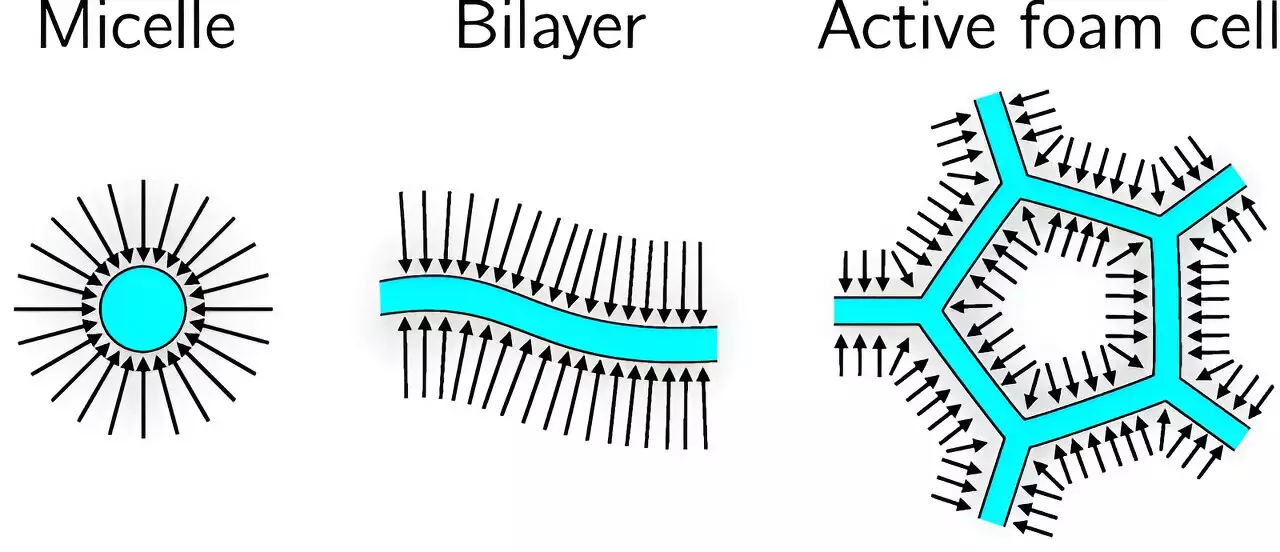The autonomous assembly of individual particles into complex patterns is a fundamental process in life, as well as in nanotechnology. Professor Erwin Frey, a physicist at LMU Munich, has been delving into the fundamental principles of self-organization. His research focuses on the formation of patterns such as active foams from a combination of protein filaments and molecular motors. These components are essential building blocks of the cytoskeleton in cells and play a crucial role in processes like cell division.
Studies conducted by researchers at the University of California, Santa Barbara, have shown that a variety of structures can arise from the dynamic interplay between microtubules and molecular motors. These structures include aster-like micelles and a unique phase known as active foam. Active foams are formed when the number of microtubules increases, resulting in a network of microtubule bilayers that undergo sustained rearrangements. Understanding the physical mechanism behind the formation of active foams is a key focus of research in this area.
Professor Frey and his team have developed a mathematical model to explain the pattern formation observed in experiments. Through numerical simulations, they have been able to replicate the transition from micelles to active foam based on the density of microtubules. The interaction between molecular motors and microtubules is crucial for creating the organized structure necessary for complex cellular patterns. The motors connect microtubules and align them in a parallel fashion by moving along the filaments, facilitating the formation of foams.
The transition from micelles to foams is dependent on the number of motors and microtubules present. When the number of components is low, individual micelles can form due to the freedom of movement. However, as the number of components increases, band-like layers and more complex structures like foams emerge. These foams exhibit an ordered structure with a combination of pentagons, hexagons, and heptagons, resembling honeycombs. Unlike honeycombs, active foams have the unique ability to rearrange themselves repeatedly.
The theoretical model developed by Professor Frey and his team has broad implications for understanding self-organization in biological systems. It provides a new perspective on the behavior of active matter and could potentially advance bionanotechnological applications in the future. By studying the formation of active foams, researchers aim to unlock the underlying principles of pattern formation in biological systems, paving the way for innovative technological applications.
Overall, the research on the physics behind the formation of active foams sheds light on the intricate mechanisms at play in self-organizing biological systems. By combining theoretical modeling with experimental observations, scientists are gaining a deeper understanding of how complex patterns emerge from the interplay between individual particles. This research not only enhances our knowledge of fundamental biological processes but also holds promise for the development of novel applications in nanotechnology and beyond.


Leave a Reply